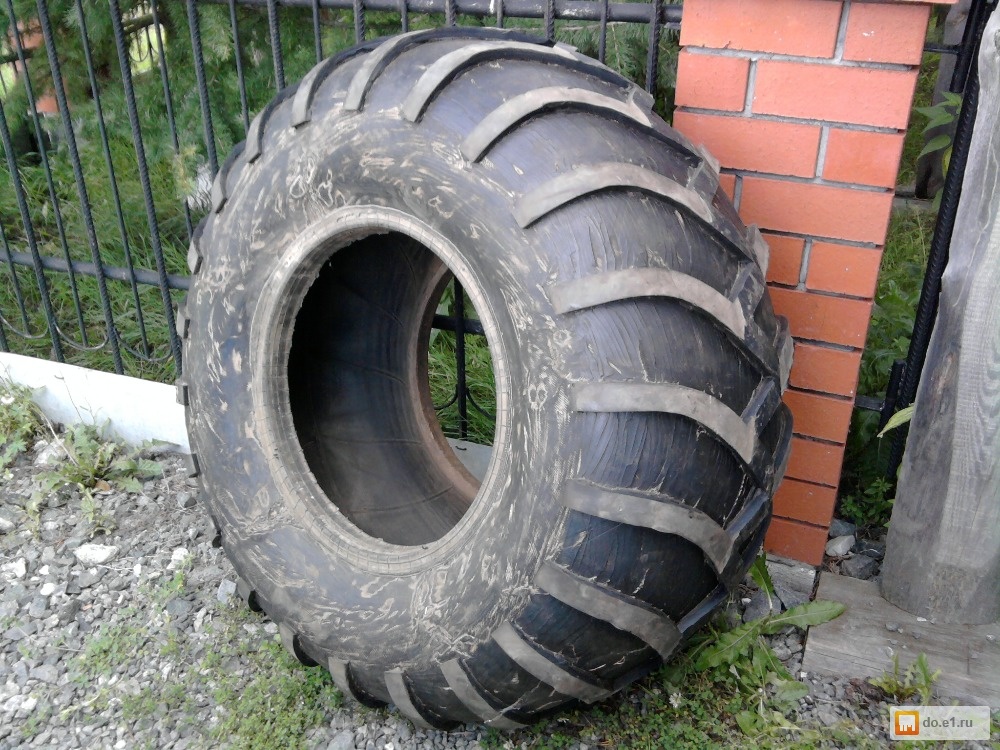
#CMAKE CLEAN INSTALL#

O, -out Specify the output directory to compile to, default is i, -silent Prevents CMake.js to print to the stdio

CD Custom argument passed to CMake in format: p, -parallel the number of threads cmake can use v, -runtime-version the runtime version to use C, -prefer-clang use Clang compiler instead of default CMake compiler, T, -target only build the specified target A, -platform use specified platform name g, -prefer-gnu use GNU compiler instead of default CMake compiler, if x, -prefer-xcode use Xcode instead of Unix Makefiles m, -prefer-make use Unix Makefiles even if Ninja is available (Posix) c, -cmake-path path of CMake executable Release), will ignore '-debug' if specified B, -config specify build configuration (Debug, RelWithDebInfo, d, -directory specify CMake project's directory (where CMakeLists.txt l, -log-level set log level (silly, verbose, info, http, warn,
#CMAKE CLEAN FULL#
Rebuild Clean the project directory then build the projectĬompile Build the project, and if build fails, try a full rebuild Reconfigure Clean the project directory then configure the project Print-configure Print the configuration commandīuild Build the project (will configure first if required)
#CMAKE CLEAN CODE#
The next part in the series will comprise of a CMake example using Qt and how a library can be exported using modern methodologies.Īlso, my best advice is to keep CMake code clean - treat it as it would be production code.Install Install Node.js distribution files if needed If you're intrested in learning more, an excellent resource is the following GitHub project. I've only scratched the surface of modern CMake as this post only covers the basic. ) and if you do use it - learn and share about the problems to the team.

If the CONFIGURE_DEPENDS flag is specified, CMake will add logic to the main build system check target to rerun the flagged GLOB commands at build time. Also note that in CMake 3.12 a new flag CONFIGURE_DEPENDS will be added that improves the usage: Policies such as "Always manually re-run CMake after a checkout or when adding new files" can be used in order to avoid the potential problems. ) instead of manually adding every new file to CMake. In reality, some build systems are aware of the new files and automatically re-run CMake.Īlthough it's somewhat conceptually broken, I prefer to use file(GLOB. The build system doesn't need to know anything about CMake - it's just generated by it. The reason CMake needs to be re-run is because it is not a build system: it's a build system generator. This could potentially lead to confusion and build issues for other developers when a new file has been committed to the source control.

) is that some build systems will not automatically include newly created files without re-running CMake. This post will cover the core of what's considered modern CMake and will be part of a blog post series. Does your CMake projects look similar to the example below? If yes - I'm positive you'll find this post helpful as it's is especially composed for you.


 0 kommentar(er)
0 kommentar(er)
